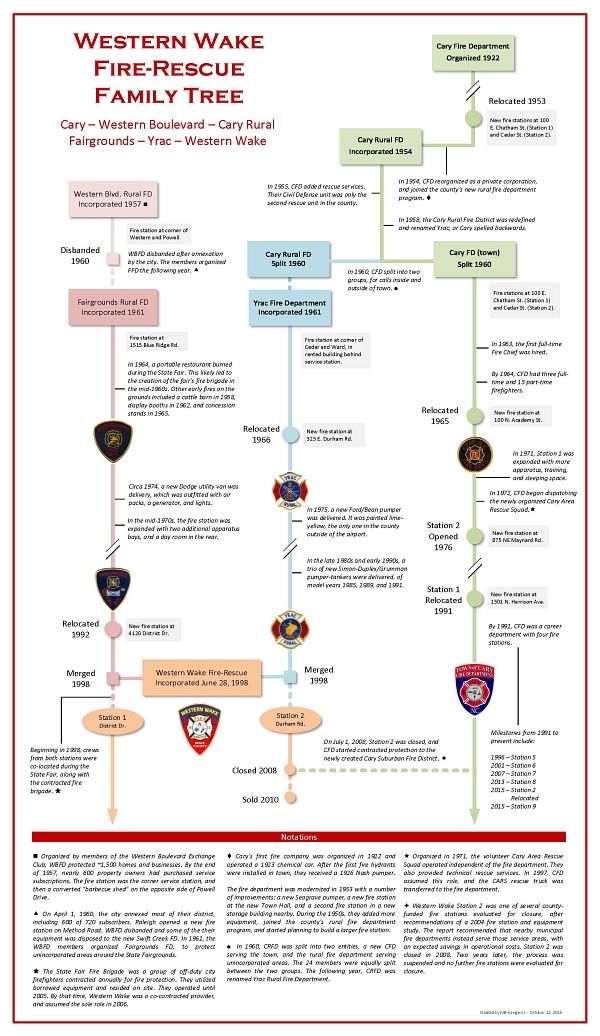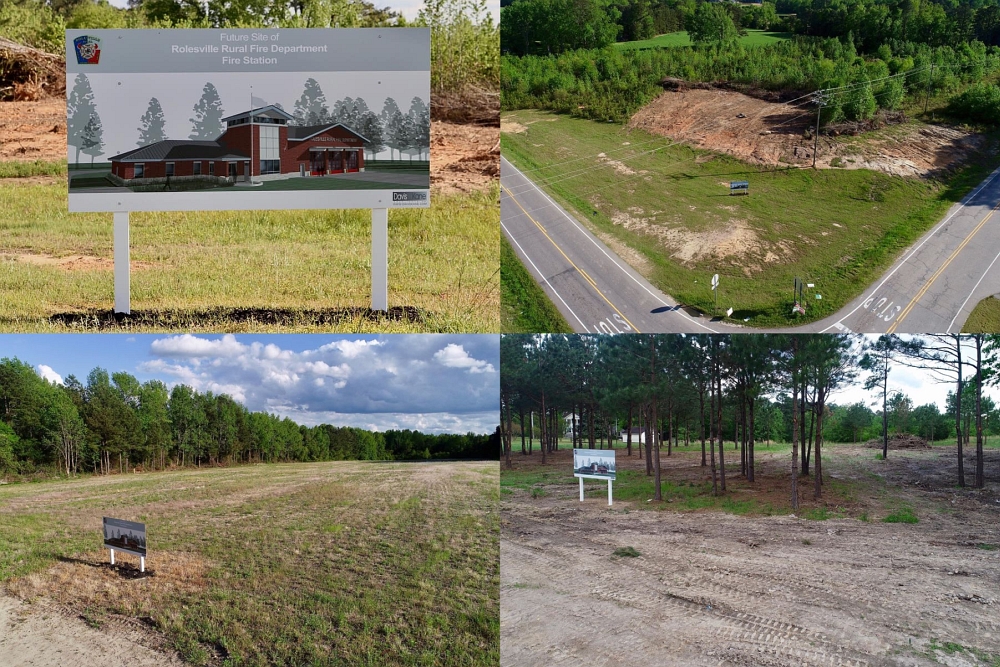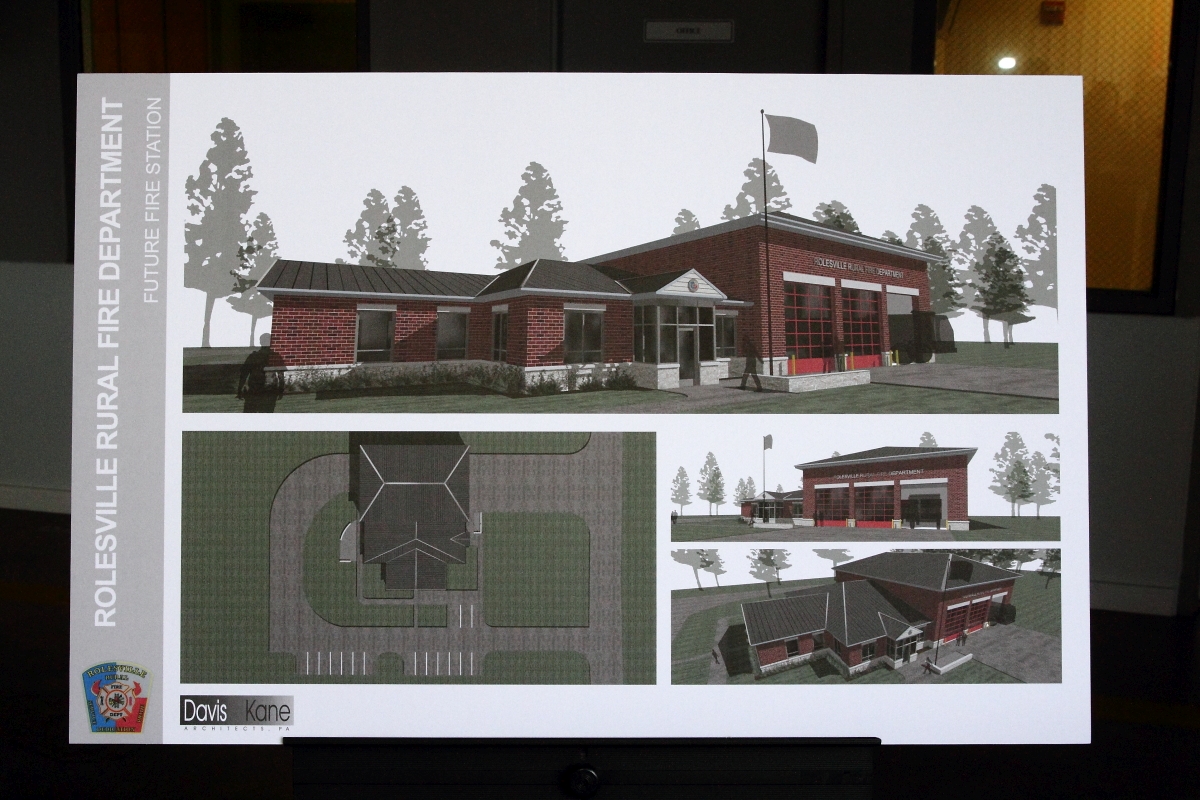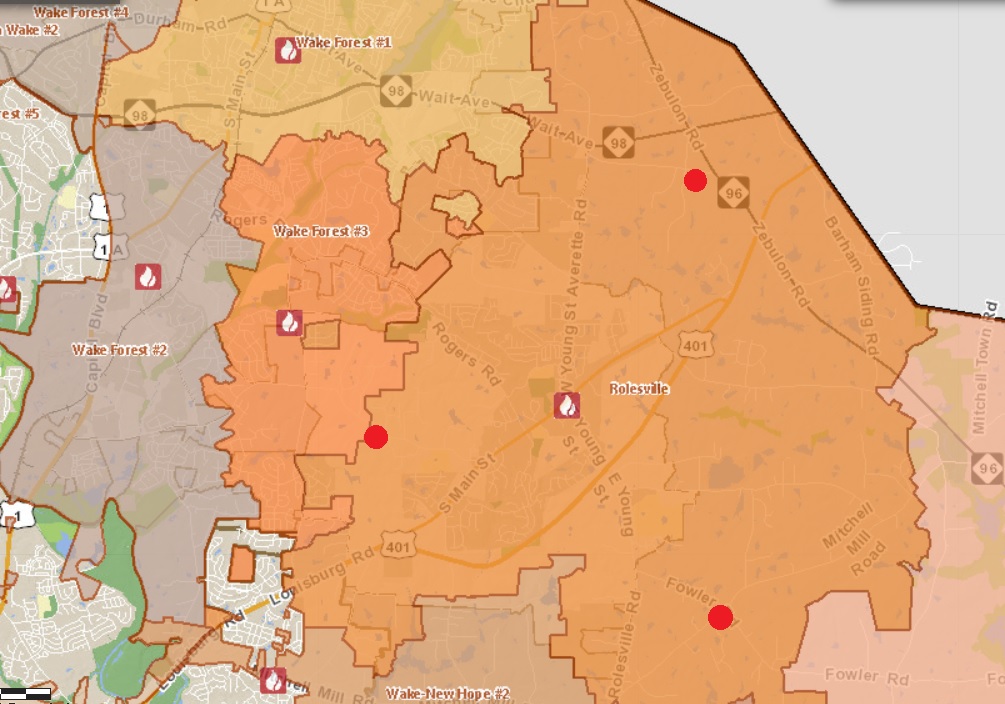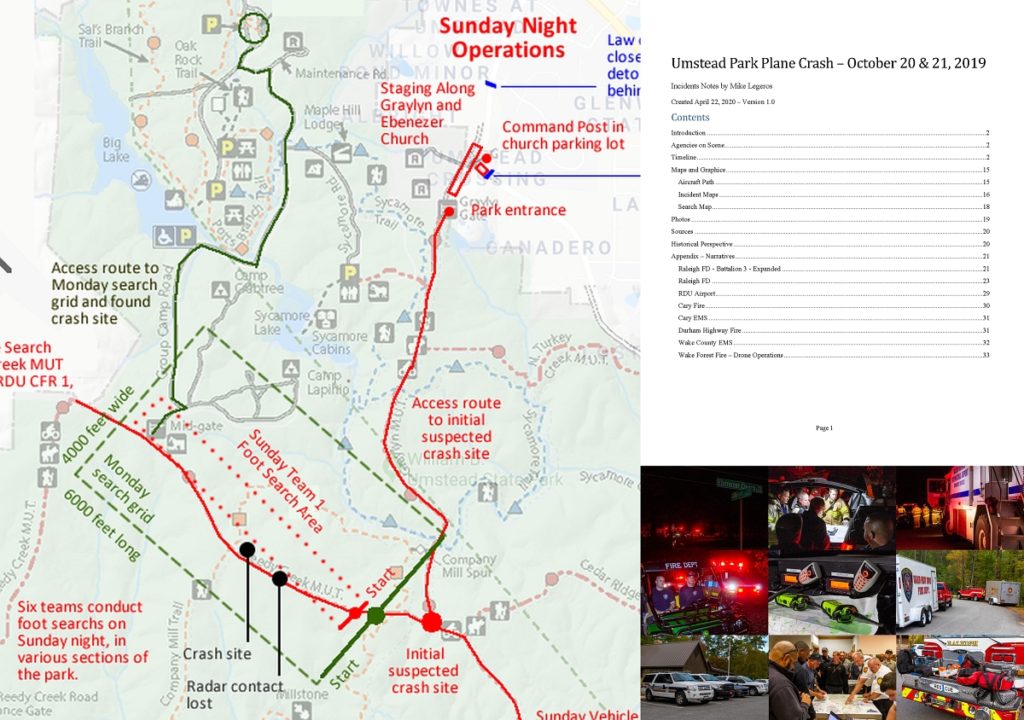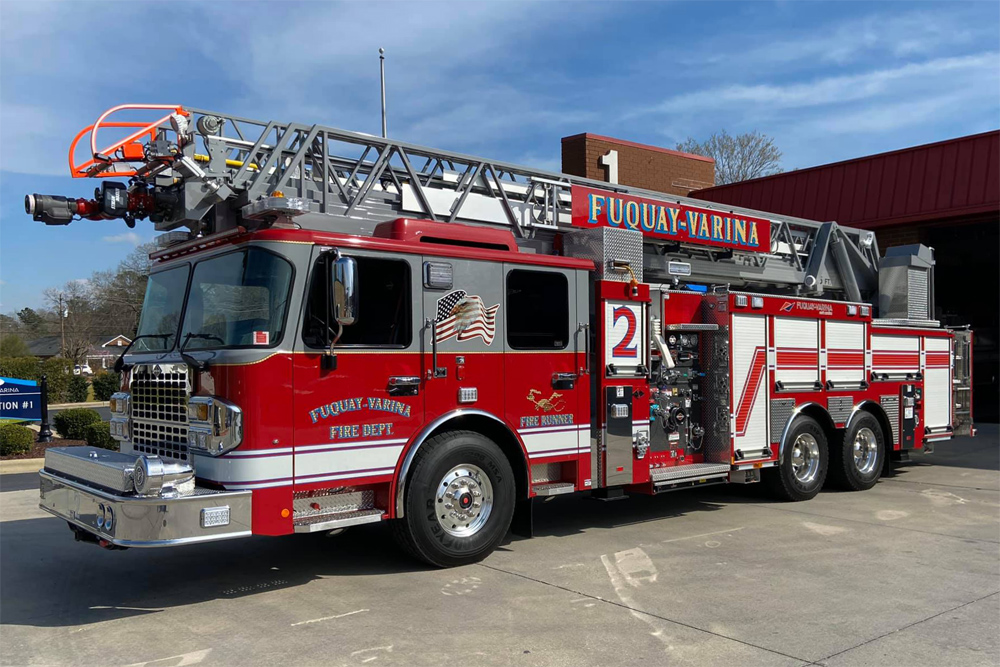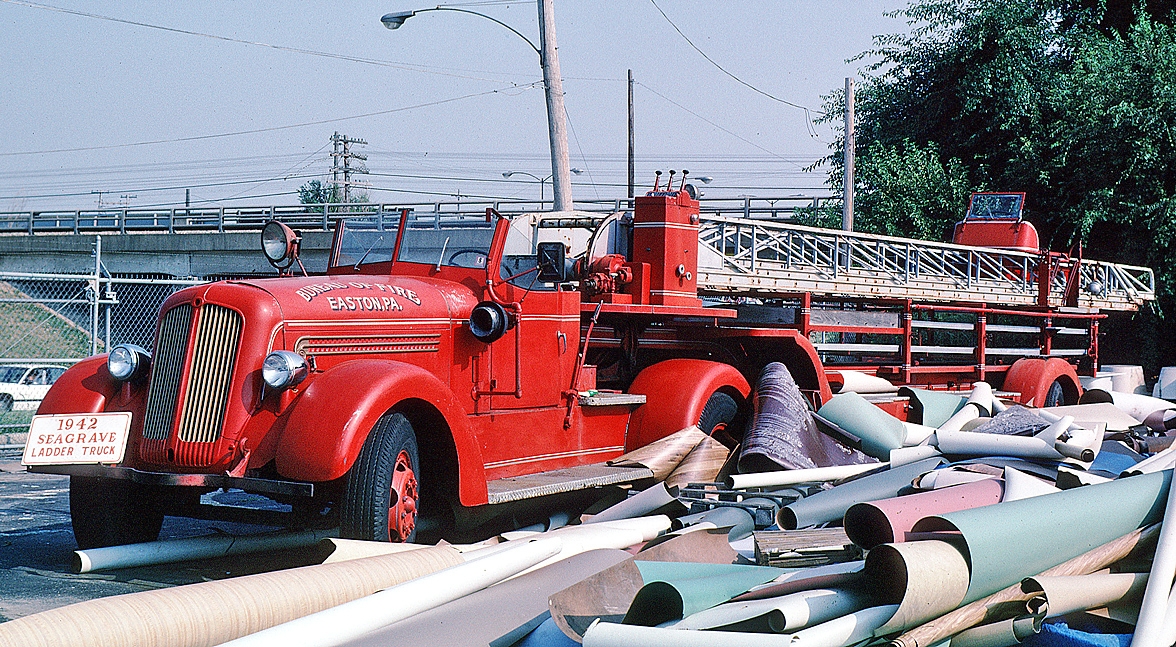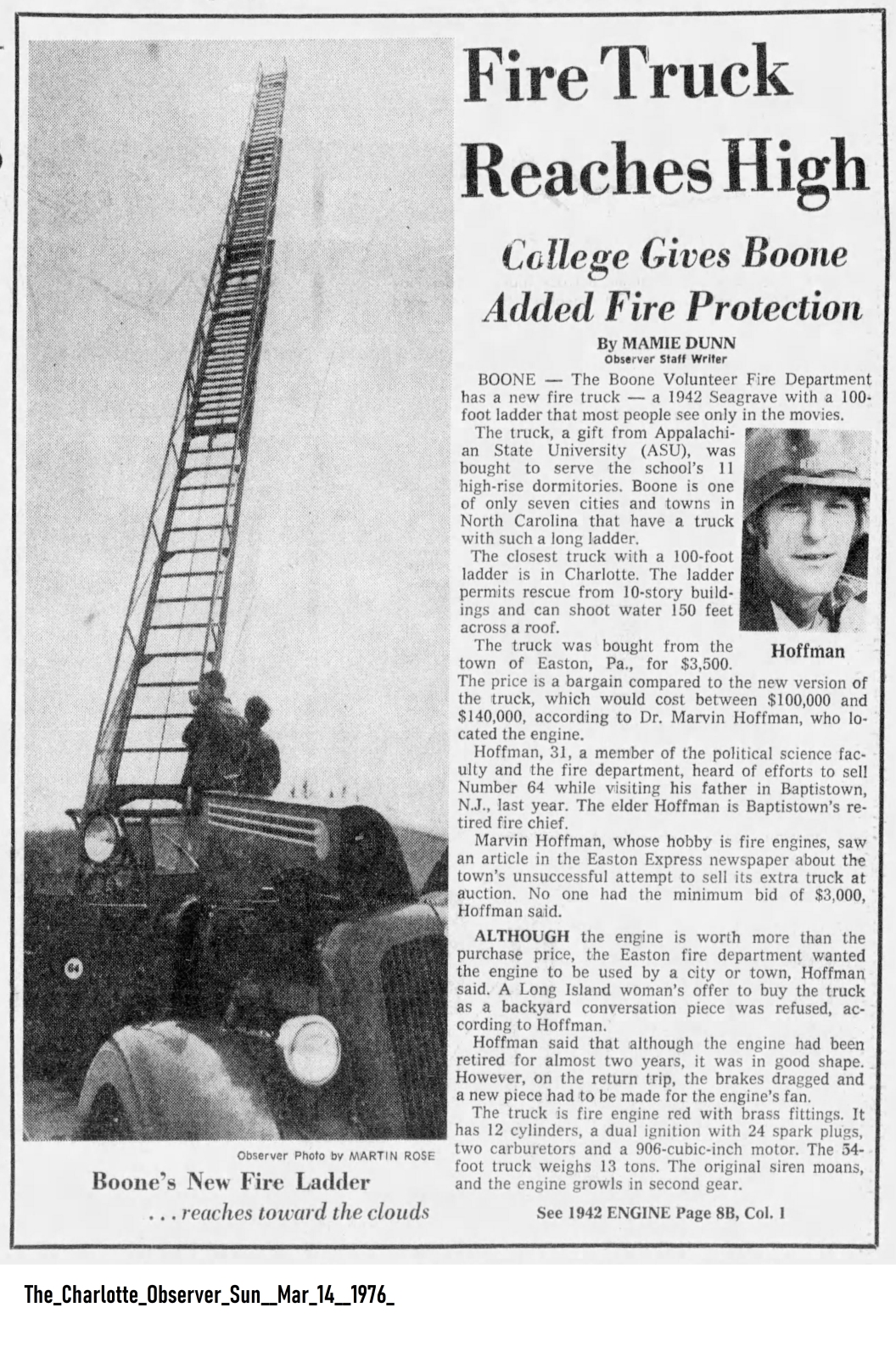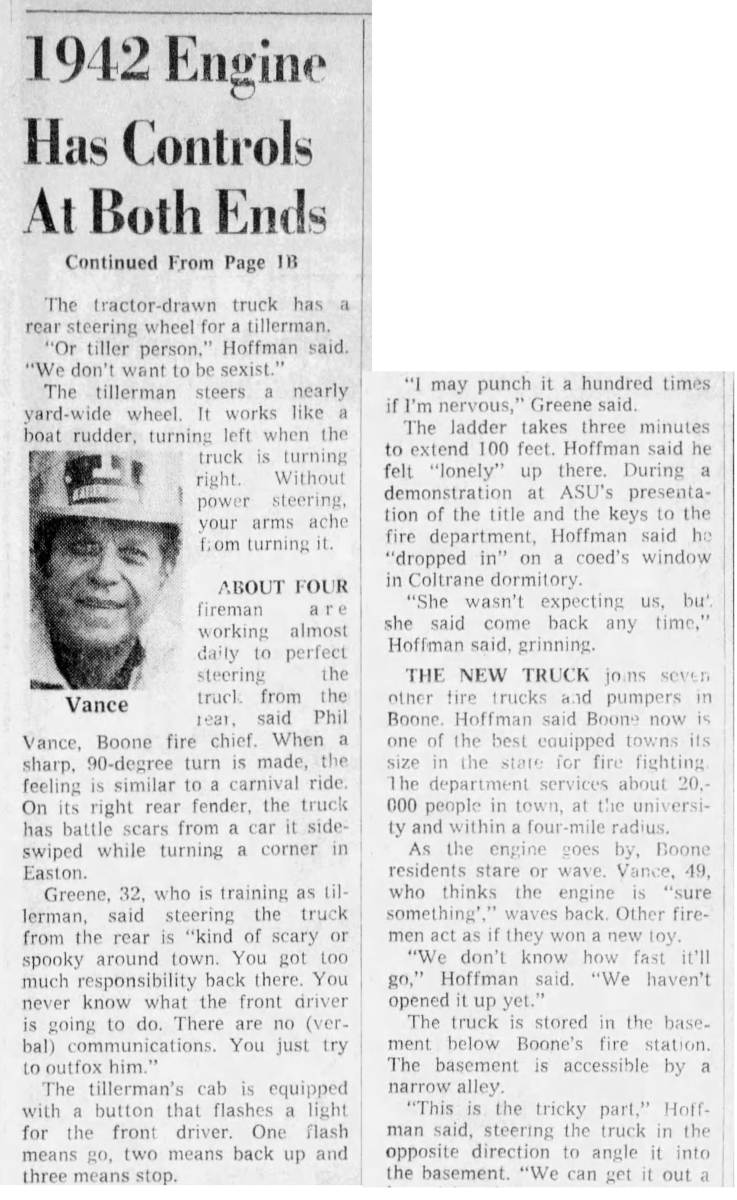News from Apex. They’ve added a second, fully-staffed ladder company, effective April 6. On that date, Ladder 34 (at Station 4) and Ladder 35 (at Station 5) were both in service. This followed the graduation of a recruit academy, which added sixteen firefighters to the full-time ranks.
The backstory on the second ladder company is a slightly more complicated. In November, the town’s new ladder truck–a 2019 Smeal/Spartan straight stick, delivered in October–was put in service as Ladder 35 at Station 4. The crew of Ladder 34 moved from their 2006 E-One platform to the new truck. In early January, Ladder 35 was moved from Station 4 to Station 5. Finally, on April 6, Ladder 34 returned to service at Station 4. Got it?
But, wait, what about Ladder 33? Keep reading…

Atlantic Coast Fire Trucks photo
Rescue 34 with Full Staffing
On January 13, Rescue 34 was activated as a fully-staffed fire company. The 2017 E-One heavy rescue was moved to Station 3, and Ladder 33 was removed from service. Personnel were reshuffled, with those interested in the rescue assignment added to the new company. Prior to the change, Rescue 34 was housed at Station 4 and cross-staffed by Ladder 34.
Ladder 33 is a 2004 E-One quint and operated as the “engine” at Station 3. For fire calls, Ladder 33’s district has been split between Station 1 and Station 5. For EMS calls, the response district hasn’t changed. Rescue 34 is now first-due for EMS responses in the former Ladder 33 district.
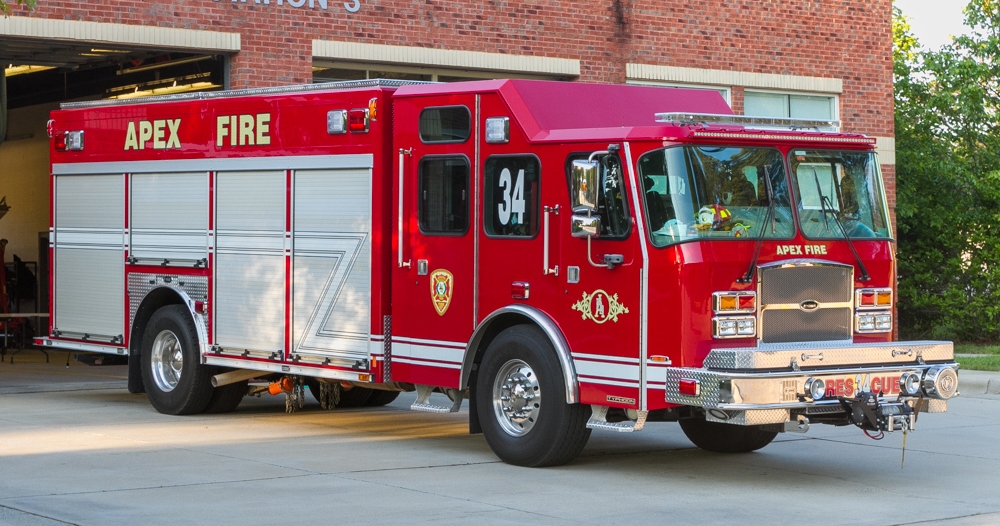
Mike Legeros photo
More Hoods for Cancer Prevention
Also, Apex FD has taken delivery of a second round of particulate blocking hoods. It’s part of the department’s aggressive measures to protect their personnel from the known carcinogens that they face on the fireground. Once deployed this week, each Apex firefighter will have two hoods assigned to them. The department selected Lion RedZone brand.
Relocating Station 3
In other news, the town is currently planning to relocate Station 3 to Wimberly Road. Exact location TBD, along with station design. It will be in the proximity of the town pump station at 1105 Wimberly Road. Then what happens?
The expected progression of events will be (a.) open new Station 3 on Wimberly Road, (b.) relocate Station 1 crew and equipment to Station 3, (c.) replace Station 1 with new facility at the same site, (d.) relocate Station 3 crew and equipment to new Station 1, (e.) renovate old Station 3 as new Fire Admin facility, (f.) relocate Fire Admin from current quarters at old Apex EMS station on Highway 55, which will be removed in the future due to planned widening of the highway.
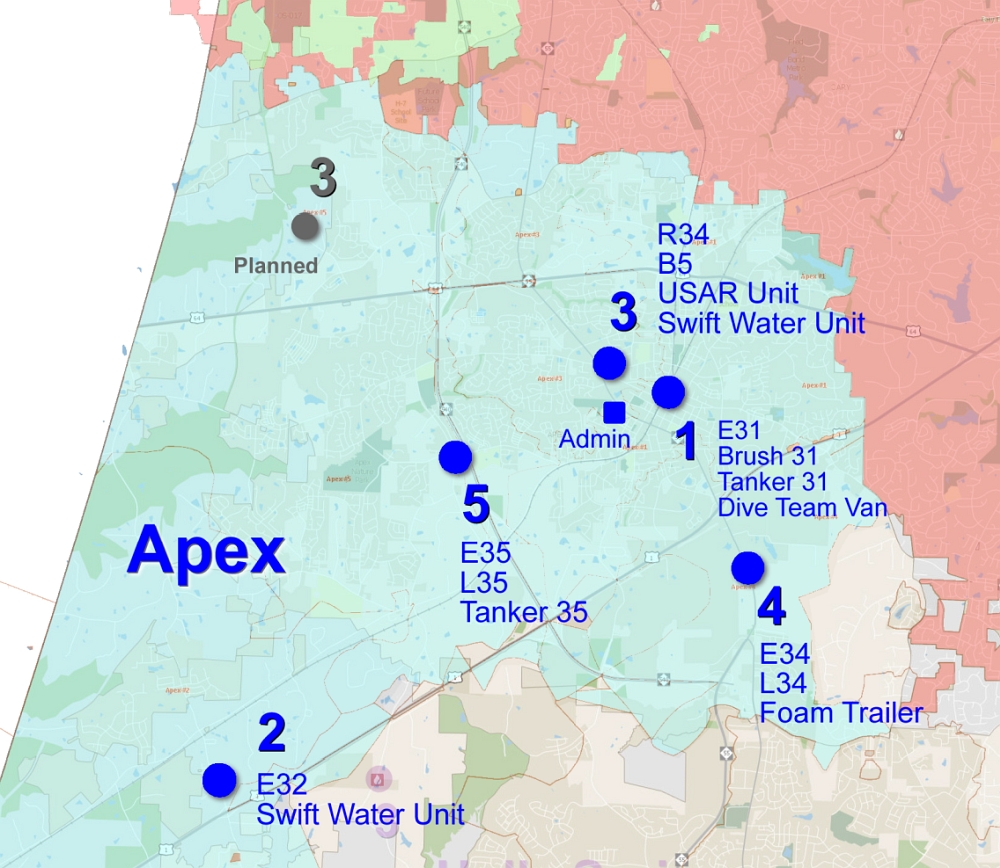
Those are the present plans. And, disclaimer goes here, as all such plans are subject to change based on changing conditions.
Here’s an earlier blog post, about a Town Council work session in September, where prospective plans were discussed for Station 1, and in the context of its close proximity to Station 3, and town and AFD needs for the future.
And… that is all.

